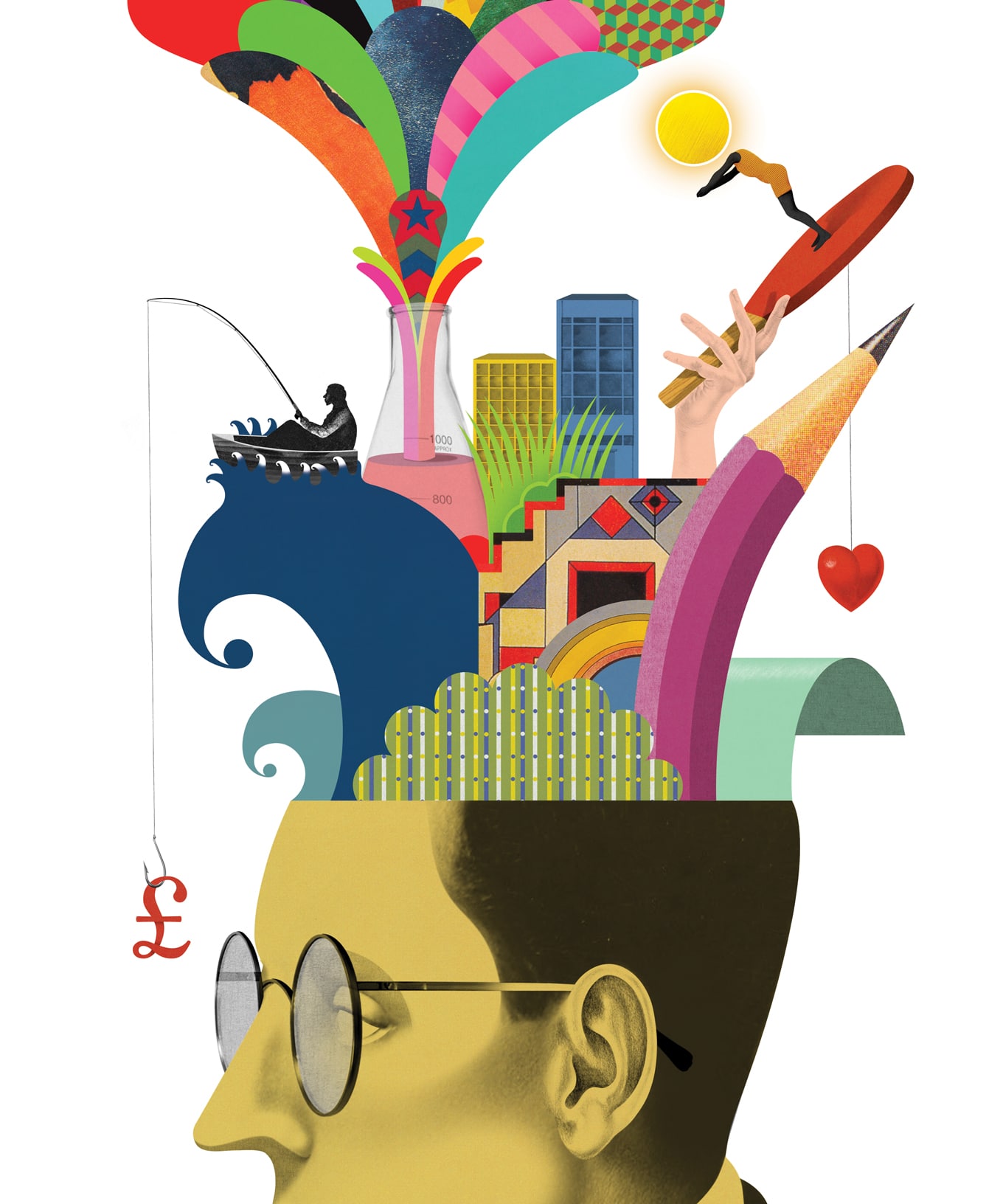10 Scientific Facts About Creativity

An individual’s creativity comes from pure talent and personal skills, which does not always mean that it cannot be bettered. It is a process that is not scalable or measurable in any way, even when many studies have been done to define what creativity is.
**Here are 10 Scientifically Proven Facts about Creativity that may sound absurd or untrue, but are in fact, very much real
(1) Stress kills creativity. Just like it kills mental health, the heart, and pretty much everything else. Stress negatively impacts creative expression, particularly when it involves rigid timeframes and criteria. According to psychologist Dr. Robert Epstein, no gene or any other factor predisposes some individuals toward creativity and others not (this perspective is, obviously, disputed). External factors such as stress play a much heavier role in determining innovation than anything intrinsic.
(2) Sleep is beneficial for creative thought.
A quick nap here and there greatly enhances individuals’ ability to problem solve. Creativity, as Steve Jobs put it, is “just connecting things,” and sleep acts as a bridge to bring together a myriad of ideas.
(3) Conformity kills creativity.
Your angsty teenage self was right. Pressures of conformity elicit types of motivation that are not compatible with the creative process and individuals who are highly susceptible to these pressures tend to hold certain personality traits that are detrimental to creative thinking.
(4) Creative thinkers have slower nerves. During creative moments, the left frontal cortex experiences comparatively more sluggish activity, which also correlates with the aforementioned decreased white matter and connecting axons. Unlike intelligence, creativity tends to thrive when thinking slows down, although “flashes” of inspiration and insight occur with the speed of flashes. Emotions and some cognitive processes happen in this particular region as well, which scientists such as Dr. Jung believe encourages abstract and novelty thought processes.
(5) Aerobic exercise increases one’s creative potential When brain fog starts rolling in, try a moderate amount of aerobic exercise to try and clear it up. Rhode Island College scientists noted that the two hours after engaging in such rigorous physical activity proved some of the most mentally fertile in a 2005 study. They used the Torrance Test of Creative Thinking to measure how well the participating thinkers performed with and without exercise.
(6) Creative people live longer.
Due to their openness, creative minds tend to live longer, and may even get more creative with age. One of the key contributors to longevity was how creative people react to stress, often seeing obstacles as something to be overcome rather than a barrier that can’t be breached.
(7) Night owls tend to be more creative.
The stereotype of the night owl artist is based on some semblance of fact. People who are more active in the evening tend to possess the ability to apply divergent thinking strategies to visual content more than morning people. (There were no differences between men and women, but this finding varied depending on age.)
(8) High IQ and creativity might correlate with one another Harvard, like many other institutions of higher learning, hopes to try and unlock creativity’s beautiful and bizarre secrets. Dr. Shelley Carson, notable for developing a new standard to measure the mysterious phenomenon, wants to try and find a definitive relationship between intelligence and creative thinking. Some of her earlier studies note that both increase together at the 120, 130, and 150 IQ levels, but more research is needed to prove any sort of solid correlation.
(9) Creative achievers are likely to have unfocused attention spans.
The ability to have an open focus, concentrating on the task at hand while letting information from alternative sources seep in, allows the thinker to make a broader range of associations and connections. This helps facilitate creative cognition. While this skill can easily be perceived as a distraction, in reality, these thinkers have learned to exert more cognitive control when most necessary.
(10) A diverse social network enhances creativity.
This shouldn’t come as a surprise, especially after the findings in #23, but having a broad mix of friends and influences has been shown to improve creativity. Mostly benefiting specific types of knowledge and having a domain-specific effect on creativity, being part of a multicultural social circle is best for idea flow.

